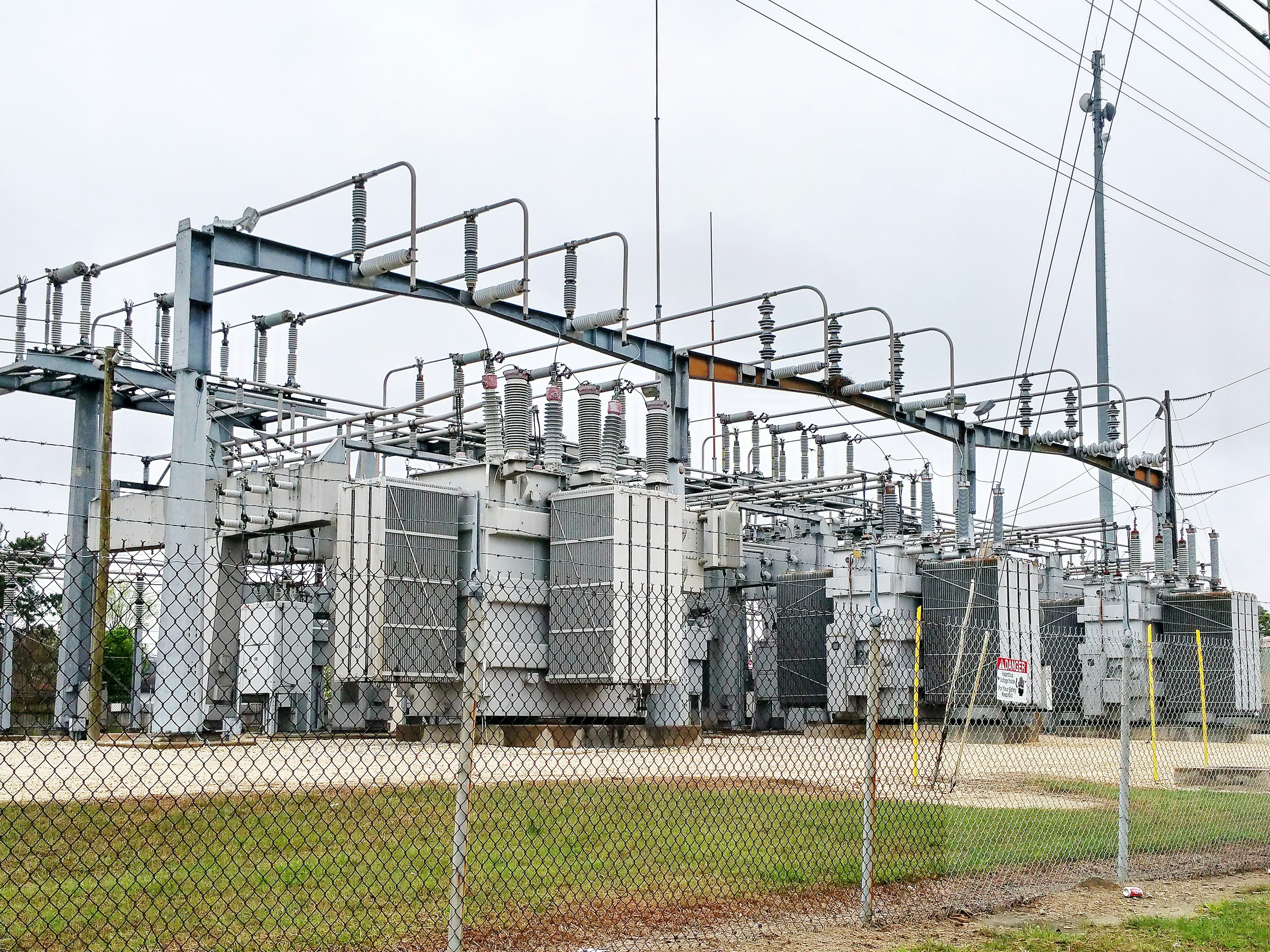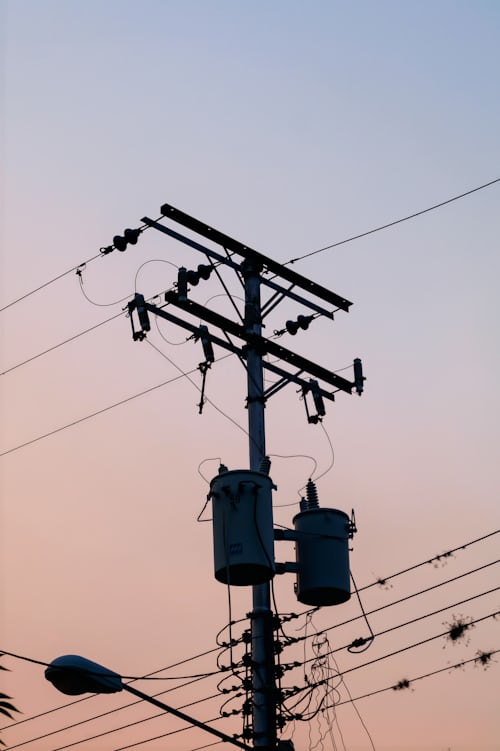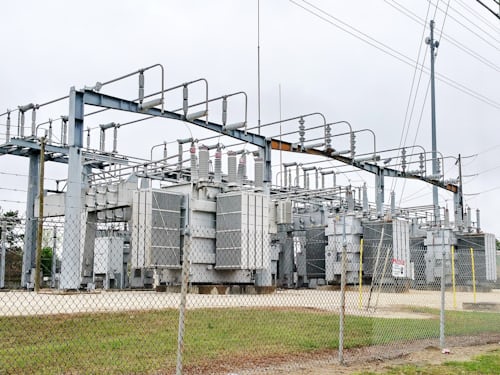How many of you have heard about plating rectifiers or any common type of rectifier? Unless you visit voltage stabilizer and transformer manufacturing companies, you’ll never learn about plating rectifiers. Where can you find plating rectifiers in your vicinity? Laboratories, manufacturing units, or plating manufacturing plants will undoubtedly be full of plating rectifiers.
Usually, you’ll find numerous types of plating rectifiers, but selecting the best one is a challenging task. Nevertheless, many alternatives are available for plating rectifiers, highly considered by the companies.
Today, we’ll discuss what plating rectifiers are, how you select them, and the steps to install them safely. So let’s get started.
A Brief Overview of Plating Rectifiers
Plating rectifiers are covered with high-grade metal sheets to convert AC to DC. There are innumerable and benefits of having plating rectifiers in your manufacturing unit. Some of the common uses of plating rectifiers are decorating objects, enhancing paint adhesion, hardening the core metals, and reducing friction.
If you have learned quantum physics in your college, you’ll only understand any plating rectifier’s technical info. The conductive part of plating rectifiers is the one that converts AC into DC. The alternating current is considered the coating material, which is further stored in the conductive part. The coating material is attracted and further stored in the conductive part.
Anodes and cathodes are also parts of the current conversion process. The coating requirements in every plating rectifier are dissimilar. The voltage level and direct current are closely analyzed and modified for getting a top-notch finish.
Surprisingly, plating rectifiers are also used for providing charging voltage to the inverter battery. In simpler words, it converts the current and also plays the charger’s role simultaneously.

How to Select the Best Plating Rectifiers for Yourself?
Are you starting an e-coating jewelry business? Do you need equipment that boasts plating, electroforming, and anodizing properties? If yes, look no further than a high-quality and reliable plating rectifier. Do you think anyone uses plating rectifiers?
Many people use it, and if you’re here, you probably need one for your applications. So, here we’ll explain some pointers that will help you get the best plating rectifiers for yourself.
If you have just started your business and have probably come to the point that plating rectifiers are required, consider the 3-amp rectifier. If you consult with transformer manufacturers, they will suggest any small-scale electroplating rectifier. Such plating rectifiers are suitable for small-scale businesses and don’t think of using them for plating larger equipment.
Digital 5-amp plating rectifiers are ideal for plating surfaces above 70 square inches. In our opinion, digital 5-amp plating rectifiers are suitable for small-scale electroplating. They work great in the electroforming process, and you can even limit the current value.
If you’re plating large pieces round the clock, look no further than a 20-amp plating rectifier. Larger bath operations can only be successful with 20-amp plating rectifiers. Such rectifiers generate a power of 15 volts, which is enough for plating larger objects.
Last but not least, digital 60-amp plating rectifiers are appropriate for the e-coating and anodizing process. Such rectifiers’ significant drawback is regulating the voltage level and current amount. Any 60-amp plating rectifier is far more powerful and feature-loaded than other rectifiers available in the market. If you’re looking for plating rectifiers that are ideal for e-coating, this would be the best choice.
Instead of explaining the factors and sharing tips, you’ll still be in a dilemma; you undoubtedly can select the best plating rectifier for yourself.
How to Install the Plating Rectifiers Easily?
Fixing The Rectifier
Whenever you get the brand new rectifiers, install them near or above the plating tank. It is necessary for safer and hassle-free operations in the future.
Measuring The Distance Between Plating Tank And Plating Rectifiers
When the new plating rectifiers are introduced to the plating tank, there should be a short distance for safer operations. While installation, maintain a distance of around 2-3 meters. The load on the trailing edge will increase, and rectifiers won’t work efficiently. The manufacturer of transformers will also recommend this step.
Connecting The Rectifier To Genitive And Positive Anodes Near The Output
Connecting the positive and genitive anodes is necessary for associating the plating rectifiers. You need to ensure the pulse waveform doesn’t get changed because the anodes wires are vulnerable to short circuits. Next, you need to associate both positive and negative electrodes with positive and negative outputs. These positions you’ll see mostly at the back of plating rectifiers.
Connecting The Plating Rectifiers To The Additional Equipment
Most plating rectifiers don’t have additional outputs, and you can skip this step. If you demand customized plating rectifiers, you need to follow this step. You need to connect the electroplating rectifiers transformer to equipment like heating pipes, wag machines, and other filters—all this equipment you’ll find at the back of plating rectifiers. If your plating rectifiers don’t have these features, don’t waste time finding them.
Connect The Plating Rectifiers To The Power Line
Never use the socket connection for plating rectifiers because the wires inside the rectifiers can connect and result in short circuits. Use a fixed connection power supply, and turn off the primary power supply in this step.
You have to check whether all the outputs and equipment are connected properly to the plating rectifiers. It’s time to turn on the power supply and start the plating process. If you feel that wires aren’t connecting or rectifiers make some noise, seek professional assistance from the manufacturer.
Final Words
This was all about rectifiers, and now you can get the best plating rectifier for your applications. Before purchasing any rectifiers, determine your requirements, and based on your daily processes, get your ideal plating rectifiers. In our opinion, if you can shell out more money, get customized plating rectifiers because they will be the best choice for your business.














